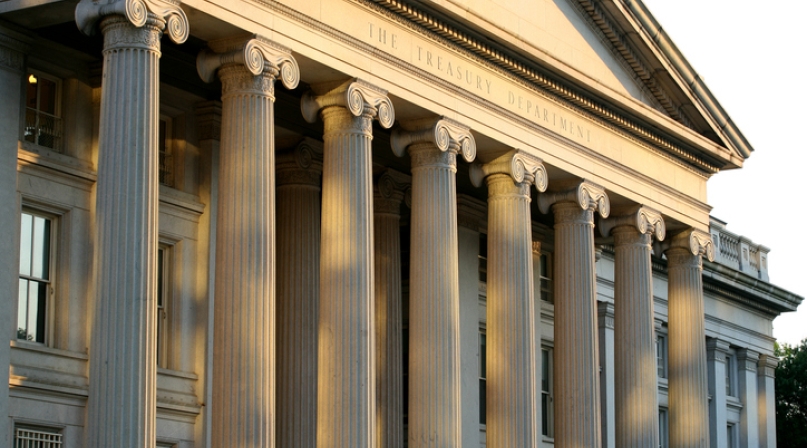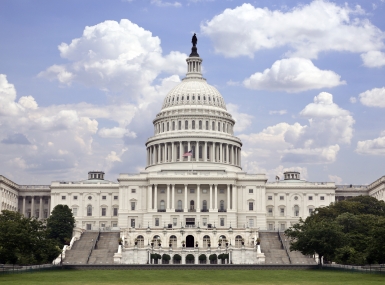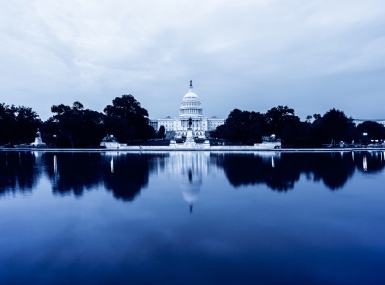U.S. Pandemic Response Accountability Committee (PRAC) Releases New Coronavirus Relief Fund Spending Dataset
Upcoming Events
Related News

Key Takeaways
On November 30, the Pandemic Response Accountability Committee (PRAC) published a new Coronavirus Relief Fund (CRF) dataset that includes funds spent from March 1 to September 30, 2020. The dataset provides information on how 585 direct recipients utilized funds. The CRF, which was established under the Coronavirus Aid, Relief and Economic Security (CARES) Act, provides $150 billion in aid for state, county and municipal governments with populations of over 500,000 people to address necessary expenditures incurred due to the COVID-19 public health emergency.
PRAC’s dataset covers CRF recipient spending from March 1 to September 30, 2020. Specifically, the data shows how prime recipients allocated funds down to sub-recipients, and various programs and services that have been supported by CRF dollars. To view PRAC’s interactive CRF map, click here. While the dataset provides valuable information on how CRF recipients are investing these dollars, there are some limitations. For example, it does not include 35 prime recipients, including 32 states, that have allocated portions of their funds to thousands of sub-recipients. PRAC expects this data to be collected by Dec. 15, 2020 and will be publicly available in January 2021.
NACo research estimates that counties are projecting a $202 billion budgetary deficit through Fiscal Year 2021. This figure includes $114 billion in lost revenue, and more than $30 billion in additional COVID-19 expenditures and an additional $58 billion in state funding cuts. NACo has also tracked how counties of all sizes have spent its CRF direct or sub-allocation, which can be found here.
On December 21, Congress passed an Omnibus Appropriations and Coronavirus Relief bill. This package extends the CRF spending deadline from December 30, 2020 to December 31, 2021. It also provides counties with populations above 200,000 with funds for emergency rental and utilities assistance. However, the new COVID-19 legislation falls short of providing counties with the resources needed to best keep our communities safe and healthy. We will continue to press the 117th Congress and the Biden Administration to honor the work of our frontline county employees who are carrying America through this pandemic.
Related News

County Countdown – Dec. 15, 2025
Every other week, NACo's County Countdown reviews top federal policy advocacy items with an eye towards counties and the intergovernmental partnership.

U.S. Congress passes reconciliation bill: What it means for counties
On July 3, the U.S. Congress passed sweeping budget reconciliation legislation.

U.S. Senate passes amended reconciliation bill text: What it means for counties
On July 1, the U.S. Senate narrowly passed their version of sweeping budget reconciliation legislation.
